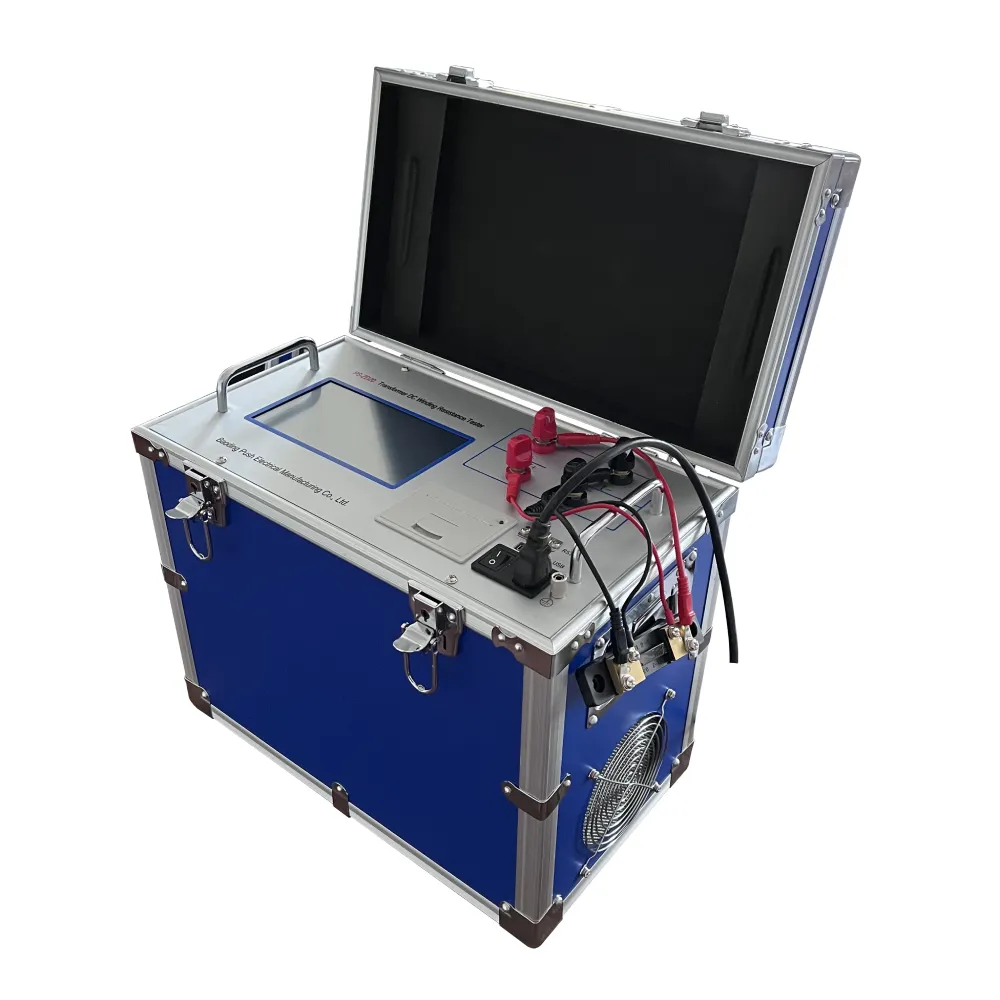 English
English



-
 Afrikaans
Afrikaans -
 Albanian
Albanian -
 Amharic
Amharic -
 Arabic
Arabic -
 Armenian
Armenian -
 Azerbaijani
Azerbaijani -
 Basque
Basque -
 Belarusian
Belarusian -
 Bengali
Bengali -
 Bosnian
Bosnian -
 Bulgarian
Bulgarian -
 Catalan
Catalan -
 Cebuano
Cebuano -
 China
China -
 China (Taiwan)
China (Taiwan) -
 Corsican
Corsican -
 Croatian
Croatian -
 Czech
Czech -
 Danish
Danish -
 Dutch
Dutch -
 English
English -
 Esperanto
Esperanto -
 Estonian
Estonian -
 Finnish
Finnish -
 French
French -
 Frisian
Frisian -
 Galician
Galician -
 Georgian
Georgian -
 German
German -
 Greek
Greek -
 Gujarati
Gujarati -
 Haitian Creole
Haitian Creole -
 hausa
hausa -
 hawaiian
hawaiian -
 Hebrew
Hebrew -
 Hindi
Hindi -
 Miao
Miao -
 Hungarian
Hungarian -
 Icelandic
Icelandic -
 igbo
igbo -
 Indonesian
Indonesian -
 irish
irish -
 Italian
Italian -
 Japanese
Japanese -
 Javanese
Javanese -
 Kannada
Kannada -
 kazakh
kazakh -
 Khmer
Khmer -
 Rwandese
Rwandese -
 Korean
Korean -
 Kurdish
Kurdish -
 Kyrgyz
Kyrgyz -
 Lao
Lao -
 Latin
Latin -
 Latvian
Latvian -
 Lithuanian
Lithuanian -
 Luxembourgish
Luxembourgish -
 Macedonian
Macedonian -
 Malgashi
Malgashi -
 Malay
Malay -
 Malayalam
Malayalam -
 Maltese
Maltese -
 Maori
Maori -
 Marathi
Marathi -
 Mongolian
Mongolian -
 Myanmar
Myanmar -
 Nepali
Nepali -
 Norwegian
Norwegian -
 Norwegian
Norwegian -
 Occitan
Occitan -
 Pashto
Pashto -
 Persian
Persian -
 Polish
Polish -
 Portuguese
Portuguese -
 Punjabi
Punjabi -
 Romanian
Romanian -
 Russian
Russian -
 Samoan
Samoan -
 Scottish Gaelic
Scottish Gaelic -
 Serbian
Serbian -
 Sesotho
Sesotho -
 Shona
Shona -
 Sindhi
Sindhi -
 Sinhala
Sinhala -
 Slovak
Slovak -
 Slovenian
Slovenian -
 Somali
Somali -
 Spanish
Spanish -
 Sundanese
Sundanese -
 Swahili
Swahili -
 Swedish
Swedish -
 Tagalog
Tagalog -
 Tajik
Tajik -
 Tamil
Tamil -
 Tatar
Tatar -
 Telugu
Telugu -
 Thai
Thai -
 Turkish
Turkish -
 Turkmen
Turkmen -
 Ukrainian
Ukrainian -
 Urdu
Urdu -
 Uighur
Uighur -
 Uzbek
Uzbek -
 Vietnamese
Vietnamese -
 Welsh
Welsh -
 Bantu
Bantu -
 Yiddish
Yiddish -
 Yoruba
Yoruba -
 Zulu
Zulu
Low impedance voltage measurement tools for accurate electrical testing and diagnostics
Understanding Low Impedance Voltage Testers Essential Tools for Electrical Safety
In the field of electrical safety, ensuring that circuits are functioning properly and are free of faults is paramount. One of the essential tools that professionals utilize to guarantee the safety and reliability of electrical systems is the low impedance voltage tester. This device is specifically designed to measure voltage in a manner that minimizes the effects of stray voltages, giving an accurate reading that reflects the actual voltage present in a circuit.
What is a Low Impedance Voltage Tester?
A low impedance voltage tester is an instrument that incorporates a low impedance load when measuring voltage. This unique feature is crucial because it allows the tester to provide a more accurate voltage reading by overshadowing any phantom or ghost voltages that might be detected by high impedance testers. Ghost voltages often occur in de-energized circuits due to capacitance and can mislead technicians regarding the actual voltage level, potentially resulting in incorrect assumptions about a circuit's safety.
How Does it Work?
The principle behind low impedance voltage testers involves the use of a resistive load when performing voltage measurements. Unlike traditional high impedance testers, which can be susceptible to detecting stray voltages, a low impedance tester draws a small but definite current, typically around 1 megohm or lower. This method effectively “dissipates” ghost voltages, providing a clearer picture of the actual conditions within the electrical system.
When connecting the low impedance voltage tester to a circuit, it will indicate if there is a live voltage present. If the reading is 0 volts, it suggests that the circuit is indeed de-energized and safe to work on. Conversely, any readings above 0 volts prompt further investigation into the circuit's condition.
Applications and Importance
low impedance voltage tester

Low impedance voltage testers are essential tools in various settings, including commercial, industrial, and residential electrical work. Electricians often use these testers during the troubleshooting process to confirm that circuits are properly grounded and undamaged. They play a vital role in verifying circuit condition before maintenance or repair work, safeguarding technicians from potential electric shocks or accidents.
In addition to their use in maintenance, low impedance testers are invaluable during the commissioning of new electrical installations, where verifying the integrity and safety of the wiring is critical. They can also assist in identifying issues such as poor grounding, defective wiring, or malfunctioning equipment, which can lead to systemic failures if left unaddressed.
Safety Considerations
While low impedance voltage testers enhance safety for electricians and technicians, it is crucial to use them correctly. Users should always adhere to proper safety protocols, including wearing appropriate personal protective equipment (PPE) and following lockout/tagout (LOTO) procedures when working on live circuits.
Moreover, it's important to choose the right tester for the specific application. Different models may come equipped with features such as backlighting, audible alerts, and multi-function capabilities, allowing users to measure voltage, continuity, and resistance in one device. Professionals should ensure they are familiar with the operation and limitations of their specific low impedance voltage tester to achieve the best results and maintain safety.
Conclusion
In conclusion, low impedance voltage testers are indispensable tools in the realm of electrical safety. By providing accurate voltage readings while negating the influence of stray voltages, these testers enhance the reliability of electrical work and help prevent potentially hazardous situations. For technicians and electricians alike, investing in a quality low impedance voltage tester is not just a matter of efficiency but a crucial step toward ensuring safer working environments in the complex world of electrical systems.
-
Using Distillation Range Testers in the Food and Beverage IndustryNewsApr.16,2025
-
The Impact of IoT on Distillation Range Tester PerformanceNewsApr.16,2025
-
The Best Distillation Range Testers for Extreme ConditionsNewsApr.16,2025
-
How Distillation Range Testers Save Time and MoneyNewsApr.16,2025
-
Distillation Devices for Advanced Separation TechniquesNewsApr.16,2025
-
Common Mistakes to Avoid When Using a Distillation Range TesterNewsApr.16,2025



